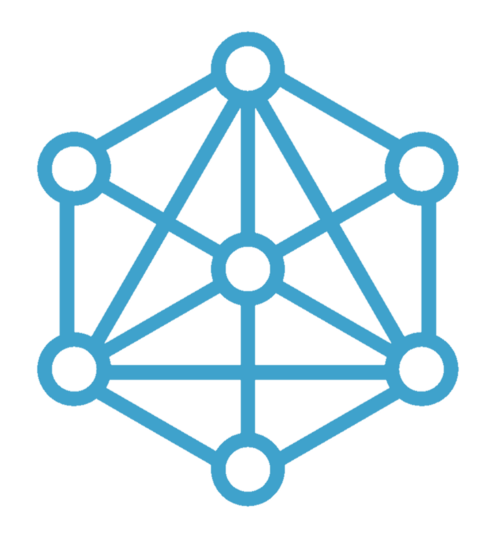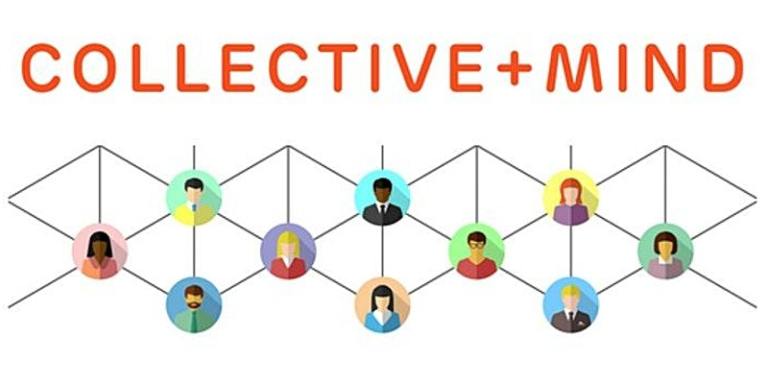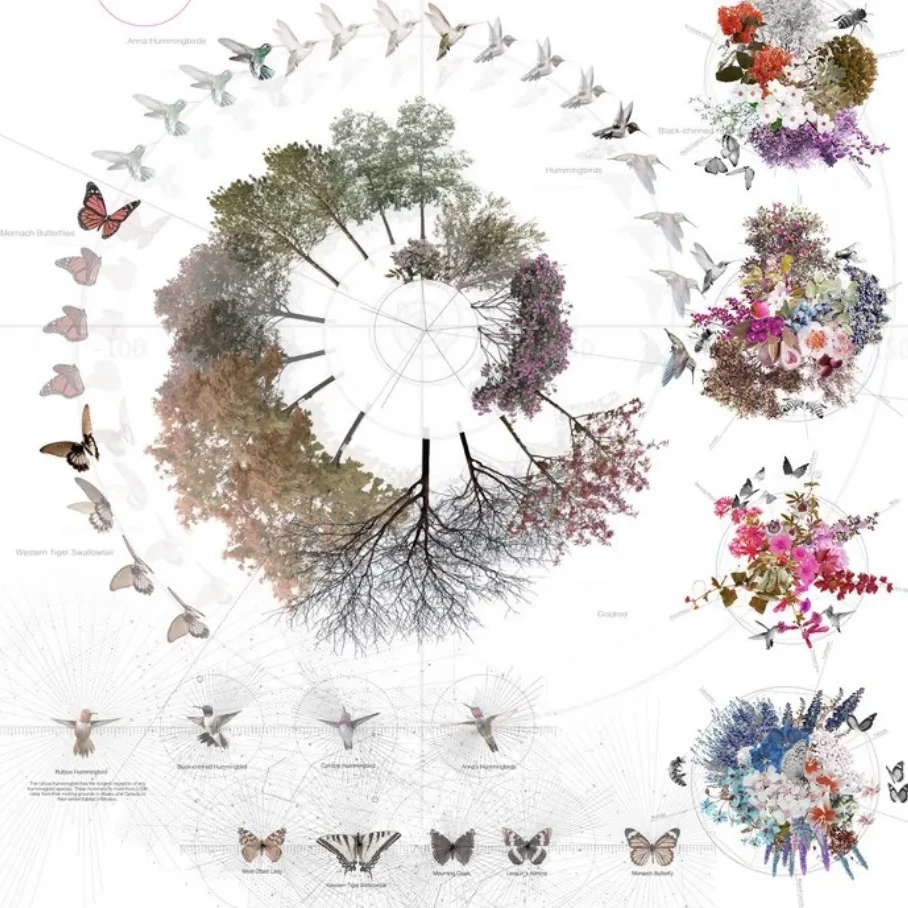Creating social change of any sort requires organizing the people who have an interest in the issue or problem at hand. The global social impact space has a wide range of terms — networks, movements, alliances, consortiums, coalitions, communities, partnerships, forums, initiatives, campaigns, and more — for how people and groups are organized across geographies and topics to affect change. While the titles represent some variations in approach, orientation, and composition, these types of organizing models share a lot in common.
What should we understand about organizing models?
A quick search of definitions highlights the important differences and nuances of various types of organizing models. [1]
- Coalition — a temporary alliance of distinct parties for joint action.
- Consortium — a group formed to undertake an enterprise beyond the resources of any one member.
- Alliance — a formal agreement or association to further the common interests of members by merging efforts.
- Partnership — a formal relationship involving close cooperation between parties with specified and joint rights and responsibilities.
- Movement — a diffusely organized or heterogeneous group of people or organizations tending toward or favoring a generalized common goal.
What all of these models have in common is that they are about connecting and facilitating interactions between people or organizations to take action together. They convene groups around a shared purpose and merge efforts and resources towards collaborative action.
Organizing models also typically define who is involved, why, and how they plan to achieve their goals.
· Who — the people or organizations that have an interest in the issue or problem at hand and that are coming together.
· Why — the common interests amongst participants and the shared goals they seek to achieve together.
· How — the ways in which the participants are connecting, interacting, merging efforts, and undertaking collective action to achieve their shared goals.
Networks as an inclusive category of organizing models
At Collective Mind, we use the term “networks” to encompass this expansive range of organizing models and their common components.
Networks can come in all shapes and sizes. They can range from the informal — for example, a group of professionals with a shared interest in reducing inequality in their field who communicate via a Slack channel — to the highly formalized, such as a global network with organizational members in each country who formally apply for membership or an alliance of European NGOs formed on the basis of a legal arrangement for sharing funds and achieving shared goals. The category of network can include a pan-African movement organized through national associations and local community groups, all of whom participate in achieving a shared vision, as well as the hybrid setup of a US-based nonprofit that runs its own programs while also coordinating a network.
Whatever their labels, these networks seek to collectively and participatorily achieve goals that none of the participants can achieve by themselves. At their core, they integrate participants who have common interests and work together to achieve shared goals. That is where the power of networks lies.
[1] Definitions taken from Merriam-Webster, Cambridge Dictionary, and Dictionary.com
Originally Published at Collective Mind
Featured image by Kubko
Collective Mind seeks to build the efficiency, effectiveness, and impact of networks and the people who work for and with them. We believe that the way to solve the world’s most complex problems is through collective action – and that networks, in the ways that they organize people and organizations around a shared purpose, are the fit-for-purpose organizational model to harness resources, views, strengths, and assets to achieve that shared purpose.

Related Posts
October 20, 2025
Signals from the Web
September 9, 2025





